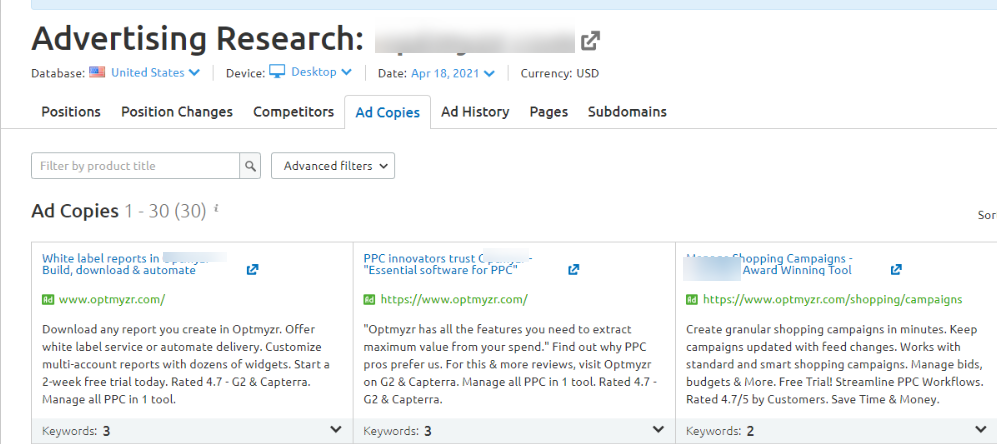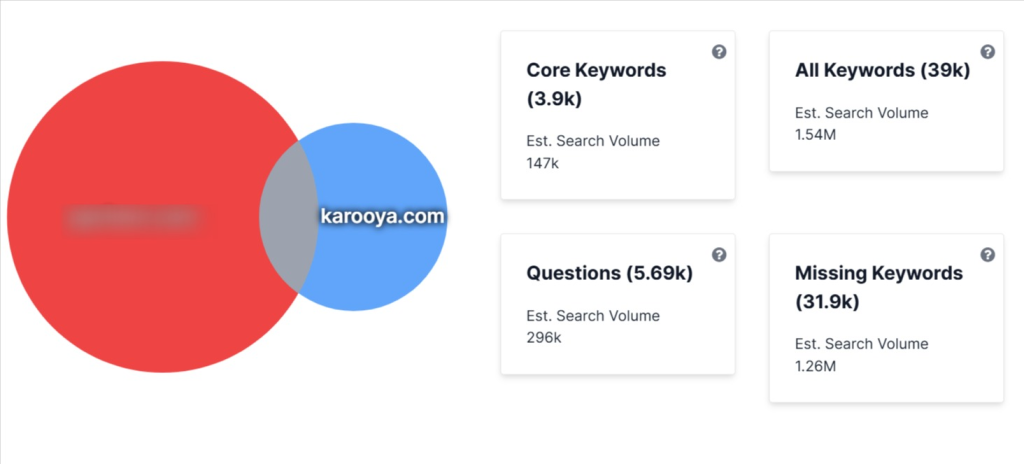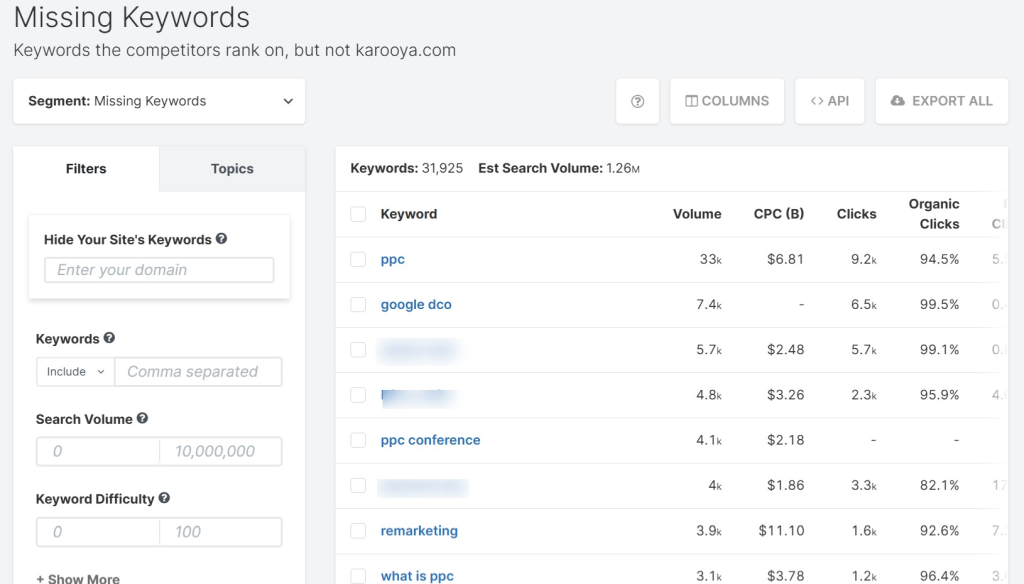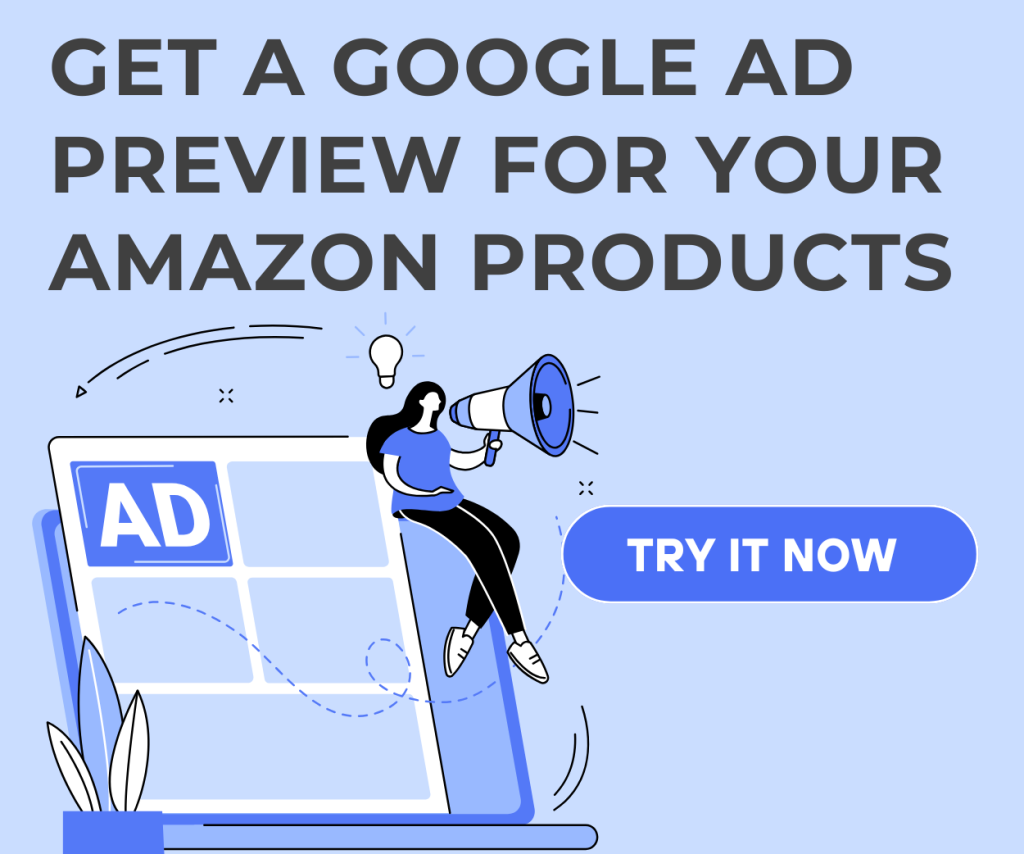Running Google Ads in this competitive world is like playing chess. You are making your own moves while trying to predict what moves competitors are making. To stay ahead, you need to know where they are advertising, what keywords they are targeting, and how their campaigns are structured. That’s where competitor monitoring and analysis come in.
In the PPC industry, we don’t run campaigns in isolation. Every ad we write, keyword we bid on, and strategy we plan enters a competitive battlefield. Therefore, to win that battle, we must first understand our competitors.
How Closely Should You Watch PPC Competitors?
We require a strategic approach and continuous analysis to monitor our competitors. It’s a natural goal for any business to want its ads to rank at the top of Google’s search results. However, to outperform your competitors, you need deeper insights — such as the keywords they’re bidding on, how profitable those campaigns are and which platforms, placements, and targeting types they’re using. Let’s learn some key strategies to keep a watch on our PPC competitors.
1. Competitor Analysis
Competitor analysis is the foundation of any successful PPC strategy. A few points to remember:
a) Identify your competitors:
Tools like Google Ads Auction Insight and SEMrush can help in a large way to know who our competitors are. Google Ads auction insight helps in understanding your competitors’ behaviour. It allows you to compare your ad performance directly with other advertisers who are competing for the same keywords.
You can view the auction insight report at the campaign, ad group, and keyword levels. Moreover, the following metrics you can use to compare with your competitors. By analyzing these insights, you’ll be able to understand the shortcomings in your PPC strategies and make smarter decisions.
| Metrics | How It Helps |
|---|---|
| Impression Share | This metric tells you how often your ad received an impression |
| Overlap Rate | This metric shows how often, other participants received an impression that your ad also received an impression for |
| Position above rate | It describes how often a competitor’s ad received a higher position than your ad during the same auction |
| Top of Page Rate | It shows how often the ad (yours or your competitors) was shown at the top of page results, above the organic listing |
| Abs, Top Of Page Rate | This metric gives a sense of the location of your ad on the search page |
| Outranking Share | This metric helps to know the times your ad ranked higher than your competitors in the same auction |
SEMrush can help you review your competitors’ ad copies by using the SEMRush Ad Copies Report. With this report, you will have an idea of what your competitors are offering. Are they using any specific call to action or any specific keyword? etc. And this way, you can analyze your ad copies and make changes suitably.
So, how do you check keyword competition? The same report shows which keywords triggered your competitor’s ads. By analyzing this data, you can refine your own ad copies and optimize them to stay ahead of competitors. Some ways you can improve your ad copy:
- A faq handbook on how to write an amazing ad copy
- Power up your ad copies with AI
- Ways to optimize Google Ads ad copy
b) Analyse their keyword strategy:
Keywords are a lifeline of any PPC campaign. Analyse the keywords your competitors are bidding on, especially those that are driving traffic and conversions. Look for keyword gaps – find keywords that they are targeting but you are not. Tools like SpyFu can help you do the comparison.
Here, you can see the keywords both competitors are ranking for, along with the ones your company is missing out on. Each keyword also comes with performance metrics, including search volume, clicks, CPC, and organic traffic, providing a clear picture of its value.
c) Examine competitors’ landing pages
Landing pages play a key role in creating a strong first impression on visitors. A well-optimized landing page can turn clicks into customers. Study your competitors’ landing page design, CTAs, page speed, and messaging to determine how well they align with their ad copy. This evaluation can highlight their weaknesses and give you the chance to deliver a better overall experience.
d) Google’s Ads Transparency Center
This is Google’s own free tool or database for all active and past ads. When you use your competitors’ brand name or website domain, you can see:
- The platform they are using for ads
- Countries/regions where ads are running
- Ad creatives
- Whether they’re running Search Ads, YouTube Video Ads, or Display Ads
It does not provide spend or performance data.
2. Implement Advanced PPC Strategies
Beyond the basics, some of the advanced strategies can allow you to be ahead of your competitors:
a) Use of AI and smart bidding strategies
With Google Ads’ smart bidding and AI-powered tools, you can automatically adjust bids in real time using signals like location, device, and time of day. This helps you spend more efficiently and often drives better conversions compared to manual bidding.
b) Use data-driven optimization
Go through your own search term report to see high-converting keywords. Add negative keywords to filter out irrelevant traffic. A/B test everything from ad copy and headlines to landing page performance.
Note: Karooya has built a handy Google Ads script that lets you compare search term trends for any time period you choose.
c) Optimize Ad extensions
Take note of the ad extensions your competitors are using. Utilising all relevant extensions, such as sitelink extension, callout extension, and image extension, can significantly improve ad visibility and click-through rate.
Note: Karooya’s RSA preview tool makes it easy to create ads, add extensions, and see exactly how they’ll look on both desktop and mobile. You can even share a preview with your team or clients for quick feedback.
3) Staying Agile in a Shifting World
In this changing digital world, competitors’ strategies are evolving, so stay sharp and alert.
a) Continuous monitoring
Ongoing monitoring is a key part of any competitor analysis. It helps you keep track of performance, adjust to shifting market trends, fine-tune budgets, improve ad strategies, and make sure your campaigns stay both effective and efficient.
Since competitors can switch up their tactics at any moment, continuous monitoring ensures you’re always one step ahead.
b) Do not just copy
Competitor analysis isn’t about copying what others are doing. It’s about learning from their strengths and spotting their weaknesses so you can shape your own strategy.
c) Manual Search Can Work
Try to search for keywords in your niche that your competitors also might want to target. Look for ads that appear on Google’s first page and pay attention to your competitor’s ad. This will help you to learn:
- If they are targeting a specific geographic location
- On which keywords are they bidding
- Their ad copies and what they are offering
Why Studying Your Competitors’ Ads is Time Well Spent?
Conducting a competitor PPC analysis is a crucial step in maximising the effectiveness of your Google Ads campaigns.
First, it gives you a clear benchmark to measure your own performance. By comparing your results with competitors, you can spot areas where you’re falling behind or where you already have an edge. With this knowledge, you can make smarter decisions about how to allocate your budget and refine your targeting strategy.
It also helps you uncover fresh keyword opportunities. Looking at the keywords your competitors are bidding on can reveal gaps in your own strategy. You might discover new, high-performing keywords that allow you to reach a wider audience and boost your chances of converting prospects into customers.
Ultimately, competitor analysis provides valuable insights into ad copy and messaging. By studying how others position their products or services, you can refine your own message to stand out. This allows you to write ad copy that not only resonates with your audience but also drives stronger engagement and higher click-through rates.
What We Want to Take Away?
Behind every winning Google Ads strategy is smart competitor analysis. Tracking your PPC competitors isn’t about imitation — it’s about insight. Ignoring what others are doing can cost you valuable clicks, conversions, and revenue. When you study their strategies, spot the gaps, and adjust your approach, you not only sharpen your campaigns but also boost your overall ROI.
Related Links









Stop the wasted ad spend. Get more conversions from the same ad budget.
Our customers save over $16 Million per year on Google and Amazon Ads.